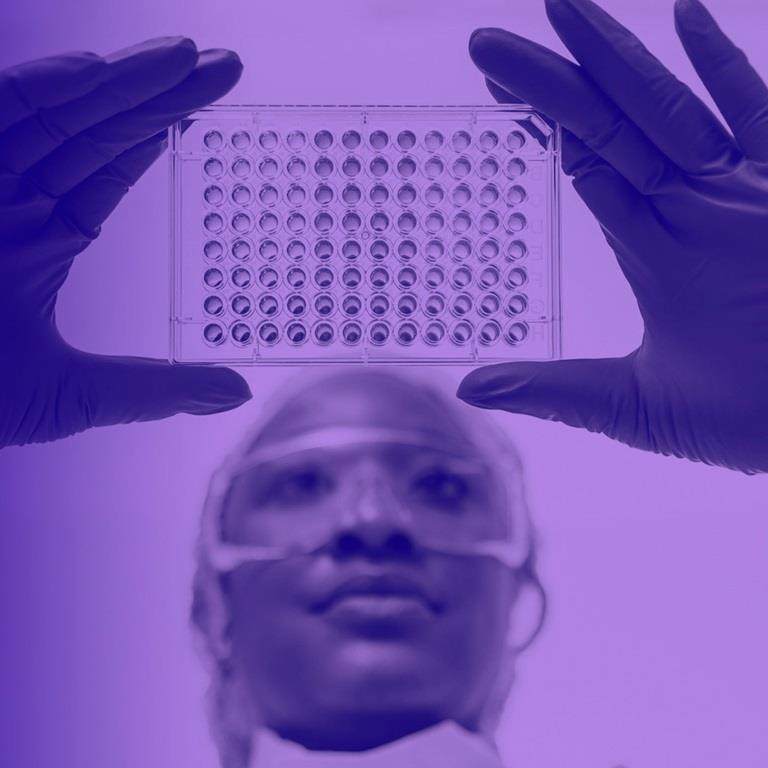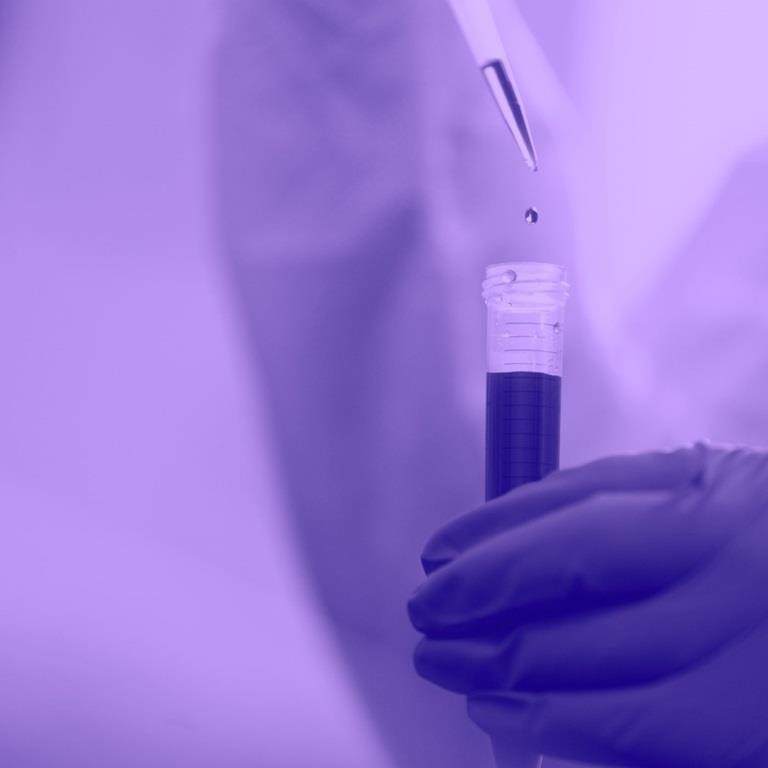Concerns about Triton™ X-100 have been an ongoing discussion across multiple regulatory authorities around the world
![]()
This is an interactive article, simply click the underlined words for more information
Triton™ X-100, a non-ionic surfactant with a hydrophilic polyethylene oxide chain and a hydrophobic aromatic group1, has found widespread use in the biopharmaceutical industry with applications including virus inactivation1, cell lysis and membrane permeation2. Even though it is used heavily throughout the industry, the degradation products from Triton™ X-100 exhibit long-lasting estrogenic properties in fish, birds, and mammals, causing disruptions to their endocrine systems, raising concerns in the bioprocessing industry.3
In response to these concerns, the European Chemicals Agency (ECHA) has taken regulatory action labelling Triton™ X-100 as a Substance of Very High Concern (SVHC), including it on the Authorisation List (Annex XIV) with a sunset of January 2021, meaning that companies who have not received a positive authorisation by the European commission can no longer use Triton™ X-100.4
Despite these regulatory developments, some pharmaceutical manufacturers outside Europe continue to use Triton™ X-100. However, the recently revised ICH Q5A(R2) “Guidance on viral safety evaluation of biotechnology products derived from human or animal cell lines”5 adopted in November 2023, confirms that the pharmaceutical industry is looking into alternate detergents in response to the negative impact Triton™ X-100 has on the environment. This ICH guidance also states that other alternatives possessing similar physicochemical properties and equivalent XMuLV inactivation capabilities are commercially available.5
Consequently, the biopharmaceutical industry worldwide is proactively seeking replacement detergents because, alongside the EU chemical authorities, environmental agencies such as the United States EPA (Environmental Protection Agency) and other agencies across the globe8 are recognising the dangers of NP/NPE chemicals, like Triton™ X-100.
In summary, Triton™ X-100 has been shown to have degradation products causing environmental and health concerns, resulting in strict regulatory protocols not just in Europe, but potentially worldwide. While companies rush to find a solution, our unified teams have identified two unique chemistries: Virodex™ TXR-1 and TXR-2, both viable replacement options for use in biomanufacturing processes.
Unlock your bioprocessing potential and sample our range of viral inactivation and cell lysis solutions, Virodex™ TXR-1 and TXR-2.
Our commitment to innovating next-generation solutions for the pharmaceutical industry serves as a steppingstone in recognising this industry need and acknowledging the urgency companies face while searching for an effective replacement product. Read more on our advancements here.
Learn more about how Virodex™ has been featured in the media:
2, Koley, Dipankar, and Allen J Bard. “Triton X-100 concentration effects on membrane permeability of a single HeLa cell by scanning electrochemical microscopy (SECM).” Proceedings of the National Academy of Sciences of the United States of America vol. 107,39 (2010): 16783-7. doi:10.1073/pnas.1011614107
3, White, R.; Jobling, S.; Hoare, S. A.; Sumpter, J. P.; Parker, M. G. (1 July 1994). "Environmentally persistent alkylphenolic compounds are estrogenic". Endocrinology. 135 (1): 175–182. doi:10.1210/endo.135.1.8013351. PMID 801335
4, Annex XIV Authorisation list (2022) ECHA. Available at: https://www.echa.europa.eu/authorisation-list (Accessed: 16 Nov 2023).
5, ICH Guideline Q5A(R2) on viral safety evaluation of biotechnology products derived from cell lines of human or animal origin. Available at: https://www.ema.europa.eu/en/documents/scientific-guideline/ich-q-5-r2-viral-safety-evaluation-biotechnology-products-derived-cell-lines-human-animal-origin_en.pdf (Accessed: 16 Nov, 2023).
6, Members & Observers. Available at: https://www.ich.org/page/members-observers (Accessed: 1 Feb 2024).
7, ICH Harmonisation for better health, Mission. Available at: https://www.ich.org/page/mission (Accessed: 1 Feb 2024).
8, Fact Sheet: Nonylphenols and Nonylphenol Ethoxylates. Available at: https://www.epa.gov/assessing-and-managing-chemicals-under-tsca/fact-sheet-nonylphenols-and-nonylphenol-ethoxylates (Accesses: 1 Feb 2024)



